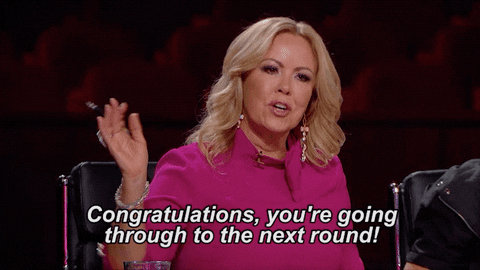It entirely depends on how rocky the launch is and what the extent of the damage is. While there are the super rare unicorn lottery-winner exception stories like how Final Fantasy 14 managed to turn itself around after rebuilding the entire game, most of the time the results are pretty cut and dry when it comes to whether a game sinks or swims. What typically determines a game’s survival is whether the overall player base that we manage to hang on to is sufficient for critical mass.
 ALT
ALTCommunity rage and blowback are indicators, but the real important figure is whether enough players continue to play. Critical mass is necessary for the game to feel like it is firing on all cylinders. Critical mass means the auction house is stocked. Critical mass means that looking for a group doesn’t have extremely long queue times. Critical mass means that you can find players to play with, trade with, fight against, and so on. All of the multiplayer aspects of the game need enough players to fill those community roles.
 ALT
ALTIf a live service game can reach and sustain critical mass, it will likely continue on even if the launch was rocky and the initial blowback was severe. If the game cannot reach critical mass or the player churn rate becomes too great, the game is doomed. We can stave off the inevitable by spending more on marketing and user acquisition, but burning money like that is not sustainable. Without a game that is engaging enough to sustain a critical mass of players, the publishers will pull the plug.
[Join us on Discord] and/or [Support us on Patreon]
Got a burning question you want answered?
- Short questions: Ask a Game Dev on Twitter
- Long questions: Ask a Game Dev on Tumblr
- Frequent Questions: The FAQ